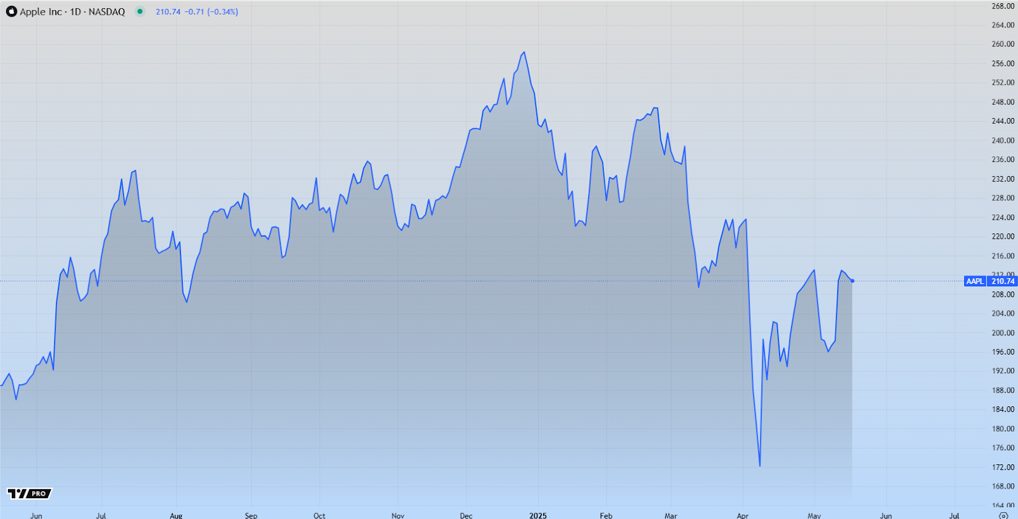Peer-to-peer (P2P) lending is a financial system that allows individuals to borrow and lend money without the use of a traditional financial institution as an intermediary. Instead, P2P lending platforms match borrowers with lenders directly, facilitating the loan process and often handling the disbursement and repayment of the loan.
P2P lending has become an increasingly popular alternative to traditional bank loans, particularly for small businesses and individuals with less-than-perfect credit. Because P2P lending platforms often have less stringent credit requirements and lower fees than banks, borrowers may be able to secure a loan more easily and at a lower cost through P2P lending.

For lenders, P2P lending can offer the opportunity to earn higher returns on their investment than traditional savings accounts or other low-risk investments. By lending money directly to borrowers, lenders are able to earn interest on their loans, which can be a more attractive option than leaving money in a low-interest savings account. However, it’s important to note that P2P lending carries some level of risk, as borrowers may default on their loans. As a result, lenders should carefully consider the risks and potential returns of P2P lending before deciding to invest their money.
One of the key advantages of P2P lending is the speed and convenience of the loan process. Borrowers can apply for a loan online, often with a simple application process that requires little documentation. Once a borrower is approved, the loan can be disbursed quickly, often within a few days. In contrast, traditional bank loans can take weeks or even months to be approved and disbursed, making P2P lending a faster and more convenient option for many borrowers.
P2P lending platforms also offer a level of transparency and accountability that may not be present in traditional banking relationships. Many platforms allow borrowers to post detailed profiles and loan requests, allowing lenders to see exactly how their money will be used and what type of risk they are taking on. This level of transparency can help to build trust between lenders and borrowers and can make the lending process more collaborative and personalized.
Despite the many benefits of P2P lending, there are also some potential drawbacks to consider. One of the main risks is the possibility of default, as borrowers may not be able to repay their loans. P2P lending platforms often have measures in place to mitigate this risk, such as requiring borrowers to have a certain credit score or requiring collateral for certain types of loans. However, these measures are not foolproof, and lenders should be aware that there is a risk of default when investing in P2P loans.
Another potential drawback is the lack of regulation in the P2P lending industry. While some platforms are regulated by financial authorities, others are not. This can make it more difficult for borrowers and lenders to protect their interests and can increase the risk of fraud or mismanagement. As a result, it’s important to carefully research the reputation and regulatory status of any P2P lending platform before using it.
Overall, P2P lending is a relatively new and rapidly-evolving financial system that offers both opportunities and risks for borrowers and lenders. While P2P lending can offer a convenient and potentially lucrative alternative to traditional bank loans, it’s important to carefully consider the risks and potential drawbacks before making a decision to invest or borrow through a P2P platform.
Things to Keep in Mind While Selecting a P2P Lending Company
When selecting a peer-to-peer (P2P) lending company, it’s important to consider a variety of factors to ensure that you are working with a reputable and trustworthy lender. Here are some key steps to follow when evaluating P2P lending companies:
- Research the company’s reputation: Start by doing some online research to get a sense of the company’s reputation and track record. Look for reviews and ratings from other borrowers and lenders, and check to see if the company has any unresolved complaints or lawsuits against it. It’s also a good idea to check with financial regulatory agencies to see if the company is registered and in good standing.
- Understand the company’s lending criteria: Different P2P lending companies have different criteria for approving loans. Some may have stricter credit requirements, while others may be more lenient. It’s important to understand the company’s lending criteria to ensure that you are eligible for a loan and to get a sense of the types of borrowers the company is willing to lend to.
- Consider the fees and interest rates: P2P lending companies typically charge fees to borrowers and lenders in order to cover the cost of running the platform. These fees can include origination fees, late payment fees, and prepayment fees, among others. It’s important to carefully review the fees associated with a P2P loan to ensure that you are getting a good deal. You should also compare the interest rates offered by different P2P lending companies to ensure that you are getting a competitive rate.
- Look for transparency and communication: A good P2P lending company should be transparent about its business practices and should be willing to communicate openly with borrowers and lenders. Look for a company that provides clear information about its fees, interest rates, and loan terms, and that is willing to answer questions and address concerns.
- Consider the company’s customer service: If you have any issues with your loan or need help with the repayment process, it’s important to have access to reliable customer service. Look for a P2P lending company that has a reputation for excellent customer service and that is responsive to customer needs.
- Check the company’s security measures: P2P lending companies handle sensitive personal and financial information, so it’s important to ensure that the company has strong security measures in place to protect your data. Look for a company that uses secure servers and encryption technology to protect your information and that has a track record of keeping customer data safe.
- Evaluate the company’s loan terms: Before you agree to a P2P loan, it’s important to carefully review the loan terms and conditions to ensure that you understand the terms of the loan and are comfortable with the repayment schedule. Look for a company that offers flexible repayment terms and that is willing to work with you if you have any issues with repayment.
Overall, selecting a P2P lending company requires careful research and due diligence. By considering these factors and taking the time to evaluate different options, you can find a reputable and trustworthy P2P lending company that meets your needs and helps you achieve your financial goals.








